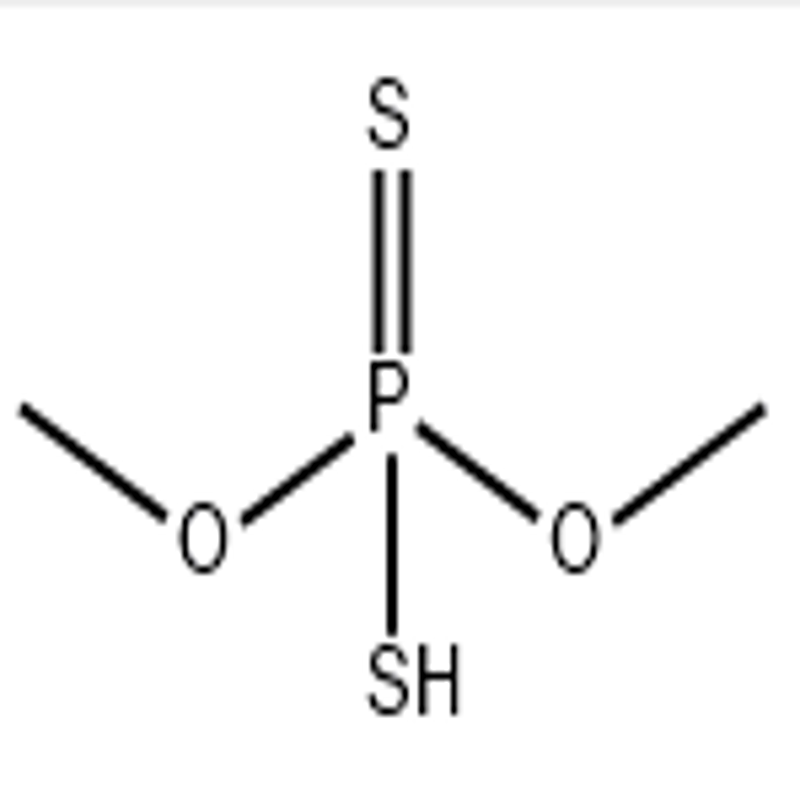-
Categories
-
Pharmaceutical Intermediates
-
Active Pharmaceutical Ingredients
-
Food Additives
- Industrial Coatings
- Agrochemicals
- Dyes and Pigments
- Surfactant
- Flavors and Fragrances
- Chemical Reagents
- Catalyst and Auxiliary
- Natural Products
- Inorganic Chemistry
-
Organic Chemistry
-
Biochemical Engineering
- Analytical Chemistry
-
Cosmetic Ingredient
- Water Treatment Chemical
-
Pharmaceutical Intermediates
Promotion
ECHEMI Mall
Wholesale
Weekly Price
Exhibition
News
-
Trade Service
From April to May 2014, the National Agricultural Technology Extension Service Center and the College of Plant Protection of China Agricultural University joined with the plant protection departments of Jiangsu, Henan, and Shandong to determine two wheat aphids in Xuchang, Henan, Wenshang, Shandong, and Hanjiang, Jiangsu.
The level of resistance to imidacloprid, acetamiprid and sulfoxaflor, and field control trials were carried out in 3 locations
.
? Indoor resistance monitoring results show that the population of Rhopalosiphum padi is sensitive to low-level resistance to imidacloprid (the resistance factor is 0.
30 to 7.
00 times), and is sensitive to sulfoxaflor; the population of Rhopalosiphum padi is sensitive to imidacloprid.
Both imidacloprid and sulfoxaflor are in a sensitive state
.
Field test results showed that 50% sulfoxaflor WG was used to control wheat aphids in three experimental fields in Xuchang, Henan, Wenshang, Shandong, and Hanjiang, Jiangsu.
The field control effect was 81.
6%-88.
0% after 3 days, and 79.
2 after 7 days.
%~89.
7%, which is significantly better than the control effect of the control agents 10% imidacloprid WP and 5% acetamiprid WP
.
? Combining indoor resistance monitoring and field control effects, researchers believe that sulfoxaflor, as a new type of insecticide, can be used as a rotation or alternative agent for the resistance management of wheat aphids
.
The level of resistance to imidacloprid, acetamiprid and sulfoxaflor, and field control trials were carried out in 3 locations
.
? Indoor resistance monitoring results show that the population of Rhopalosiphum padi is sensitive to low-level resistance to imidacloprid (the resistance factor is 0.
30 to 7.
00 times), and is sensitive to sulfoxaflor; the population of Rhopalosiphum padi is sensitive to imidacloprid.
Both imidacloprid and sulfoxaflor are in a sensitive state
.
Field test results showed that 50% sulfoxaflor WG was used to control wheat aphids in three experimental fields in Xuchang, Henan, Wenshang, Shandong, and Hanjiang, Jiangsu.
The field control effect was 81.
6%-88.
0% after 3 days, and 79.
2 after 7 days.
%~89.
7%, which is significantly better than the control effect of the control agents 10% imidacloprid WP and 5% acetamiprid WP
.
? Combining indoor resistance monitoring and field control effects, researchers believe that sulfoxaflor, as a new type of insecticide, can be used as a rotation or alternative agent for the resistance management of wheat aphids
.







